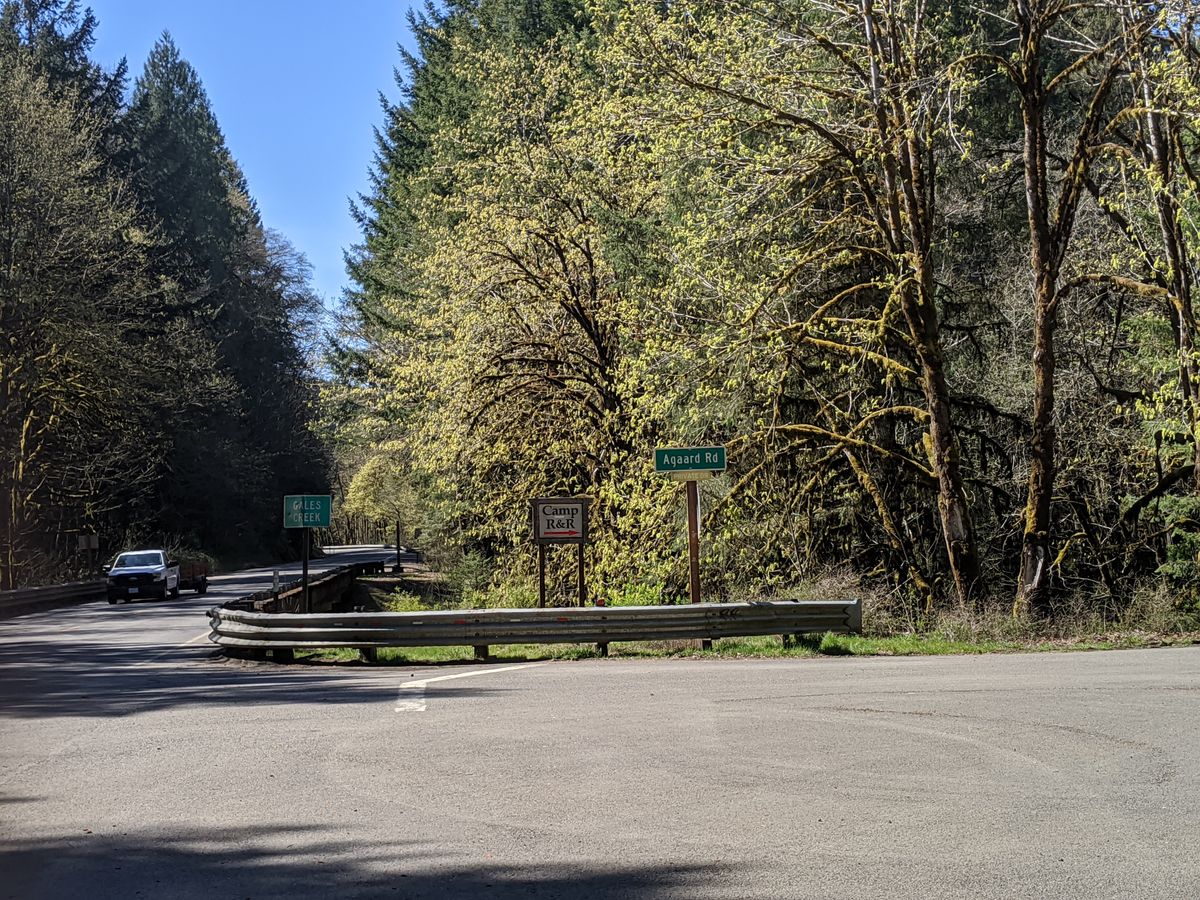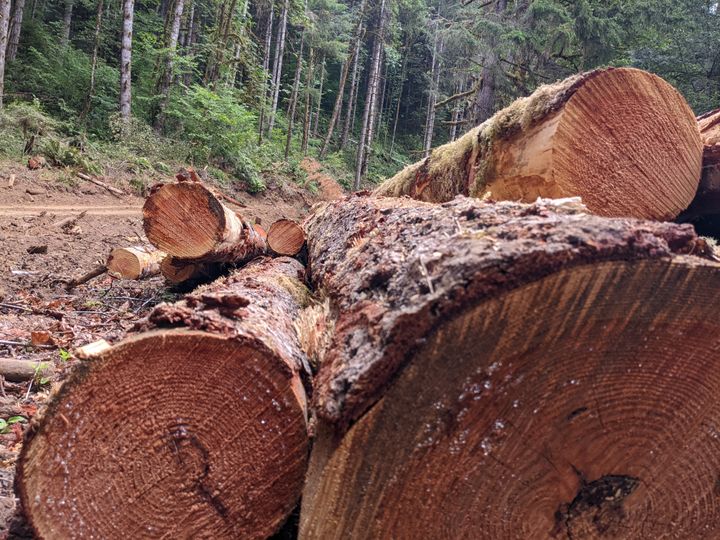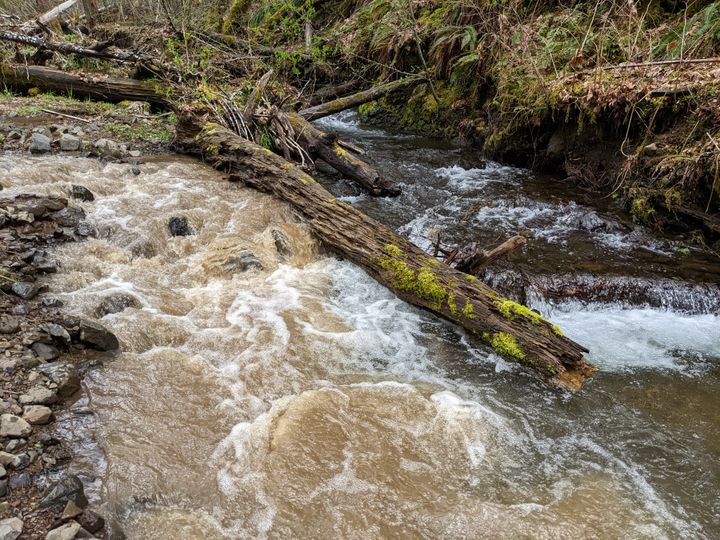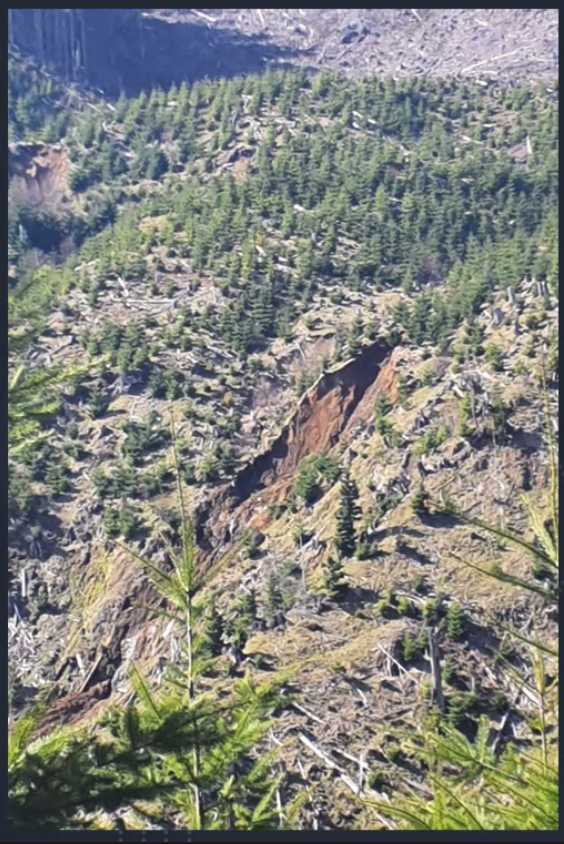Western red cedars are sick. Researchers are looking at trees near the Tillamook Forest to find out why
Western red cedars are dying across the Pacific Northwest, and researchers are studying trees in the Coast Range to find out why.

Western red cedars are dying across the Pacific Northwest, and researchers are studying trees in the Coast Range to find out why.
According to a press release from Forest Grove’s Pacific University, environmental biology student Taylor Warnick, joined by Pacific faculty member Kara Lanning is studying the trees at the Pacific University-owned John B. Blodgett Arboretum on the eastern flank of the Tillamook Forest.
Located along the Wilson River Highway on the upper reaches of Gales Creek near the Trolley Park neighborhood, the John B. Blodgett Arboretum is home to western red cedars—trees not considered “true” cedars, but rather one of several Northwest trees called a cedar—that are healthy and that are sick.
In recent years, the western red cedar began showing signs of “die back,” and scientists aren’t certain why. Theories include climate change and drought.
The species is native to Oregon, and has a long history of use by Indigenous peoples, Pacific said.
Warnick and Lanning are studying the soil around the base of the trees to see if there is a microbial cause.
“The die-back eventually spreads throughout the tree and affects the entire tree, but it starts at the crown, which is different from other plant pathogens,” Warnick said. “So we are looking at the soil microbes and seeing if a plant pathogen in those soils are causing the symptoms we call die back.”
Taking soil samples from near sick and healthy trees, the researchers then bring the samples back to the lab, isolate the DNA, and look for specific pathogens.
“Originally, I wasn’t planning on being a science major,” Warnock said. But a mix of field and class work changed her perspective. “I realized I could do the lab work but also have a mixture of being outside.”
“This field work has really helped me decide what I want to do after graduation,” she said. “It’s given me the experiences that I can take into my future and go into grad school and get my master’s in an environmental science-based program.”
Pacific University created a video explaining the researcher’s work here.


